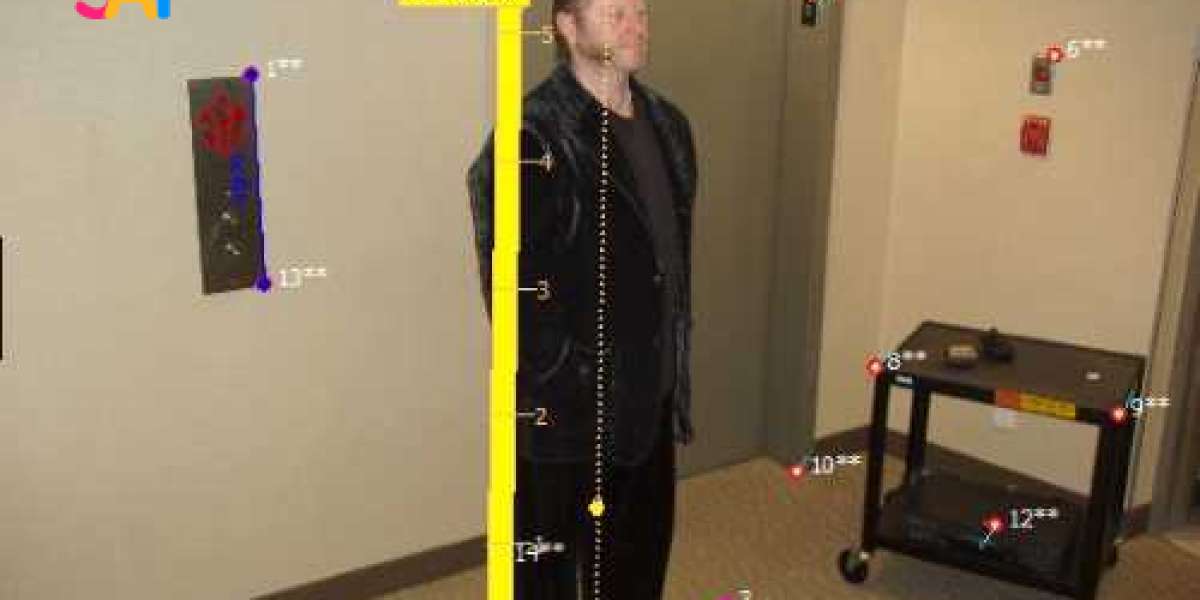In today’s digital age, video surveillance plays a pivotal role in modern investigations. However, poor lighting, low resolution, motion blur, and compression artifacts can make crucial footage difficult to interpret. This is where forensic video enhancement becomes essential. With the help of video enhancing software, investigators can transform unclear footage into actionable evidence, ensuring that no critical detail is overlooked.
Understanding Forensic Video Enhancement
Forensic video enhancement is the process of scientifically improving the visual quality of video evidence without altering its integrity. Unlike traditional editing, it adheres to strict legal and ethical standards, ensuring admissibility in court. It focuses on techniques like noise reduction, sharpening, contrast adjustments, frame interpolation, and motion deblurring.
Why Video Enhancing Software Matters in Investigations
Video enhancing software is the backbone of forensic video analysis. These tools offer advanced algorithms and filters specifically designed for forensic use. Whether dealing with CCTV footage, mobile video, or dashcams, the software aids in clarifying crucial aspects like license plates, facial recognition, or identifying events in dark or distorted scenes.
Key Features of Forensic Video Enhancing Software:
- Noise Reduction: Removes digital artifacts and pixelation.
- Frame Stabilization: Eliminates shakiness for better clarity.
- Zoom and Magnification Tools: Allows inspection of small but critical details.
- Timestamp Correction: Ensures chronological accuracy.
- Motion Deblurring: Clarifies subjects captured in motion.
The Process of Forensic Video Enhancement
The enhancement process typically involves multiple stages:
- Importing the Raw Footage
Original files are loaded into the software to preserve metadata. - Pre-Processing
Initial corrections are made for color balance, format conversion, and noise suppression. - Enhancement Techniques
Specific filters are applied based on investigative goals—sharpening edges, adjusting lighting, or zooming in on faces or objects. - Validation
Enhanced outputs are cross-verified to maintain authenticity and repeatability. - Exporting with Integrity
Final results are exported with a full audit trail to support legal scrutiny.
Conclusion
Forensic video enhancement is an invaluable technique in the field of digital forensics. It empowers investigators, attorneys, and analysts to extract meaningful data from seemingly unusable footage. By utilizing video enhancing software, professionals can illuminate the truth and support justice with clarity and precision. Whether clarifying a license plate or identifying a suspect’s face, the right tools can make all the difference in unveiling the facts.
FAQs
Q1: What is the purpose of forensic video enhancement?
A1: It helps improve the quality of video evidence to reveal critical details without altering the content.
Q2: Can forensic video enhancement be used in court?
A2: Yes, provided the process follows proper protocols and maintains the original integrity of the footage.
Q3: Is video enhancing software easy to use?
A3: While some tools offer user-friendly interfaces, forensic applications require technical expertise for optimal use.
Q4: Can low-light footage be enhanced effectively?
A4: Yes, most forensic tools offer low-light correction and contrast adjustment to reveal hidden details.
Q5: What types of video sources can be enhanced?
A5: Sources include CCTV, smartphones, bodycams, dashcams, and other digital recording devices.




